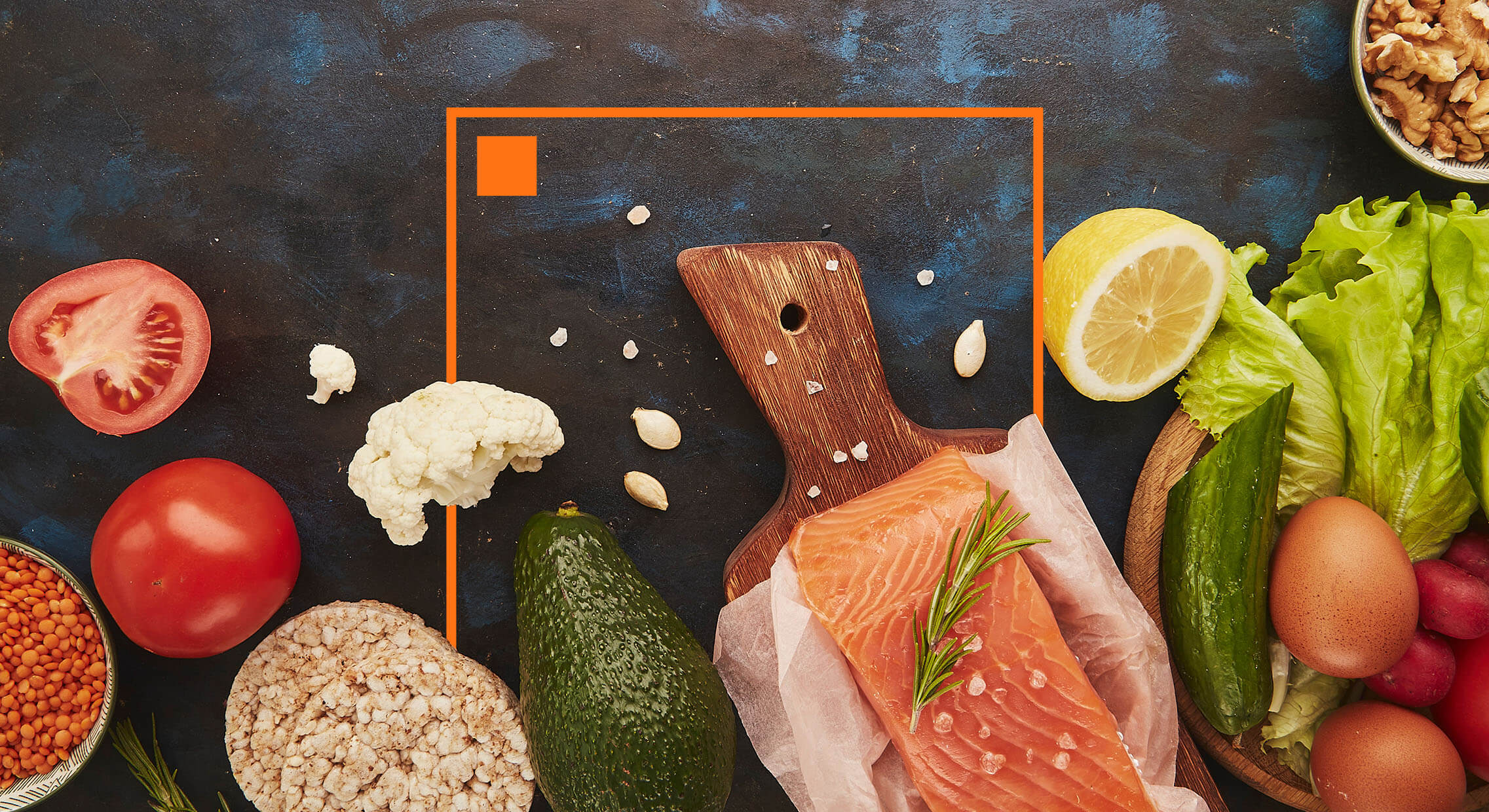The Side Effects of a FODMAP Diet
Aug 25, 2022

As an Amazon Associate, Modded gets commissions for purchases made through links in this post.
Have you ever heard of a FODMAP diet? This eating change is a way to help treat irritable bowel syndrome (IBS) or small intestinal bacterial overgrowth (SIBO).
The diet has helped patients discover the eating plan that works best for their condition, but the FODMAP diet does have potential side effects.
What is FODMAP?
FODMAP stands for fermentable oligosaccharides, disaccharides, monosaccharides and polyols. Those are all short-chain carbohydrates that your small intestine may have trouble digesting.
In patients with IBS or SIBO, the foods can lead to a flare-up in symptoms, such as severe cramping and diarrhea.
Foods that fall into the high FODMAP category include dairy products, wheat products, beans, lentils and certain fruits and vegetables.
How the Diet Works
The FODMAP diet, also called a low-FODMAP diet, is an elimination diet where participants avoid high-FODMAP foods for a period of time.
They then slowly introduce high-FODMAP foods one at a time to determine how they affect their IBS or SIBO symptoms.
The diet works in three phases, with the elimination portion lasting six to eight weeks. The reintroduction phase lasts another six to eight weeks. The last phase is the lifelong integration of the appropriate foods.
The FODMAP Diet Side Effects
The FODMAP diet can be a great relief for patientings suffering from IBS or SIBO.
The diet can be a great way to figure out what foods you need to avoid if you have one of these conditions, but you should be aware of the potential side effects before you begin so you know what to watch out for.
Dysbiosis
You need prebiotics to keep your gut healthy, but these good gut bacteria are mainly found in fermented foods eliminated during the first phase of the FODMAP diet.
Your gut microbiome needs good bacteria to help distribute nutrients and fight disease. If you don’t replenish your gut with good bacteria, it can lead to an imbalance. That can lead to symptoms like inflammation, digestive problems and chronic fatigue.
Nutrient Deficiencies
When you eliminate a food, you also eliminate the nutrients that come with it. That can lead to nutrient deficiencies.
For example, eliminating dairy could lead to low calcium levels. Nutrient deficiencies can lead to a host of negative symptoms.
It’s best to talk to your doctor to see if there’s anything you’ll need to supplement while on the FODMAP diet.
Disordered Eating
Whenever you cut out a lot of foods, there’s a chance that you could develop disordered eating.
If you have to eliminate the foods you enjoy, you could end up compensating by overeating or eating too little, which can become a dangerous pattern.
Disordered eating can lead to extreme weght loss or gain and malnutrition. If you think you are suffering with disordered eating, speak with your healthcare provider.
Going on a FODMAP Diet
If you suffer from IBS or SIBO, a FODMAP diet could be part of your treatment plan. It’s important to go on the diet only under the supervision of a medical provider.
Being aware of the side effects can help you better address them if they do happen to you. This diet isn’t for everyone, so be sure to ask your doctor about how the diet might help you.





